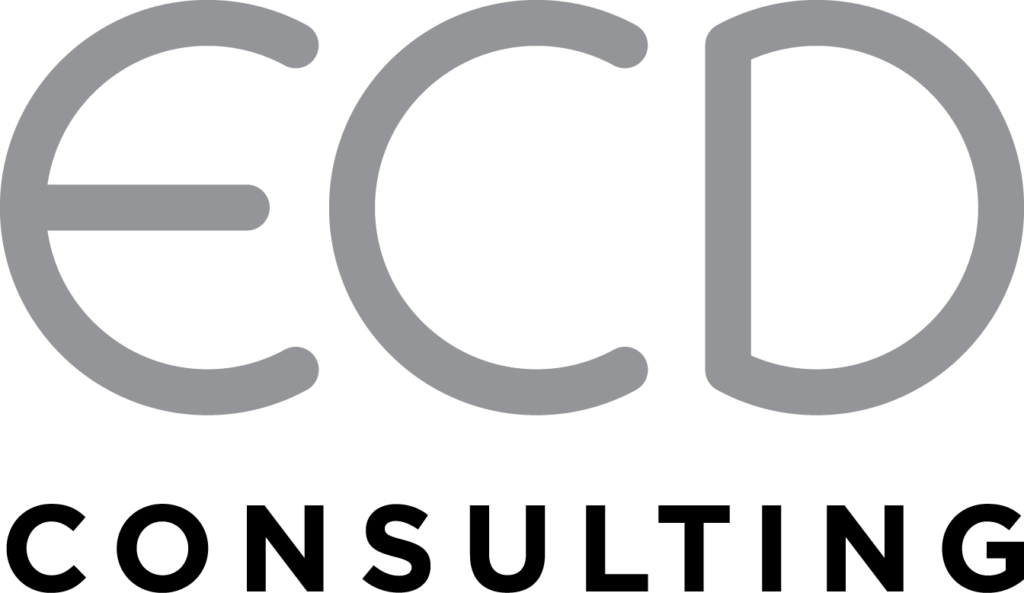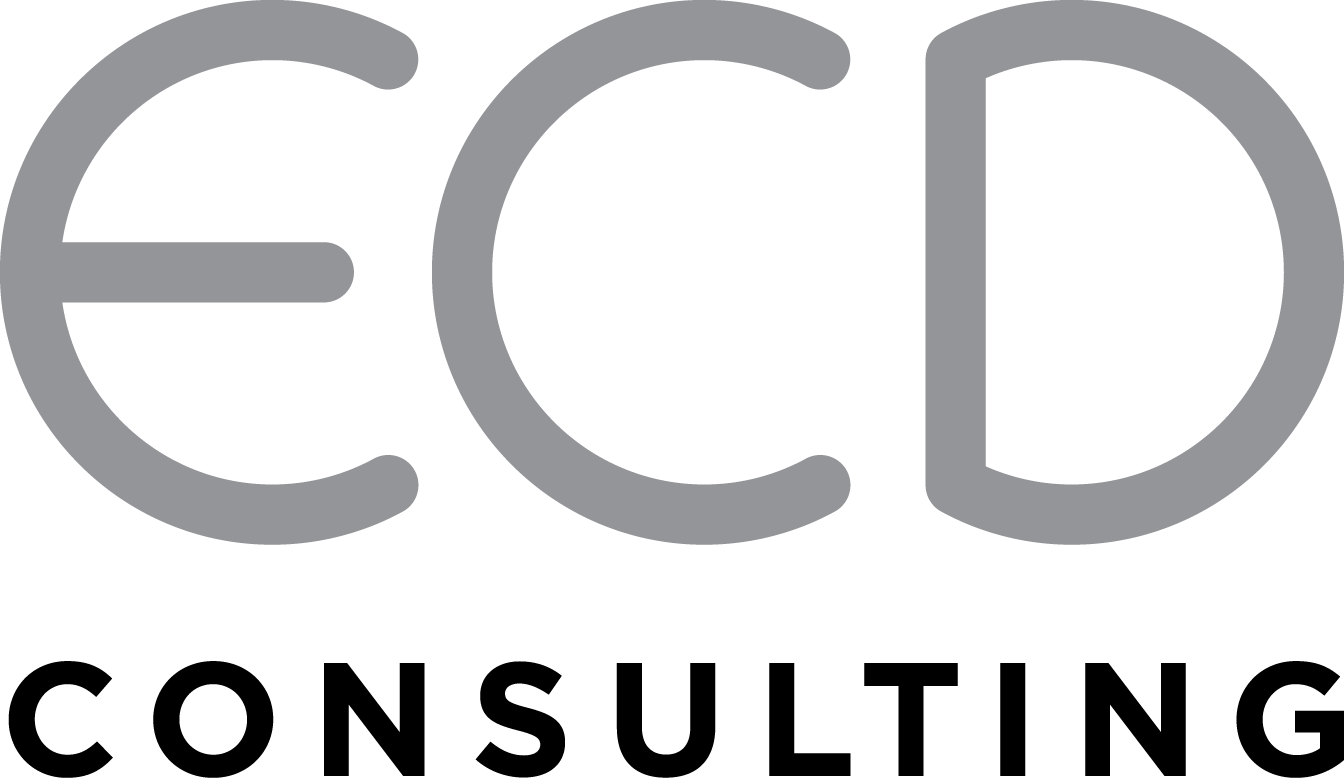Corporations large and small have a fascination with Excellence: something to strive for yet rarely achieve. Emblazoned on motivational posters in conference rooms, festooning internal logos, and of course, providing the vowel in countless acronyms —CEx being amongst one of the more memorable ones I’ve encountered. Excellence is hard to escape. The pharmaceutical industry in particular has established an artefact of this desire for Excellence: the Commercial Excellence Organisation. Used in most other industries as an adjective or a state of nirvana, in pharma it is a proper noun; a team of people collectively responsible for building and maintaining the capabilities of the revenue-generating members of the business. Commercial Excellence often house functions like learning and development, sales force effectiveness, perhaps some kind of digital skill-building function and occasionally corporate strategy. Typically, these teams are established globally to drive processes and standards with local and/or regional counterparts to implement the resulting initiatives. Incidentally, the majority of my client-base resides in Commercial Excellence teams making my subsequent provocation both somewhat well-informed and possibly career-limiting.
While I have participated in developing some truly paradigm shifting CommEx initiatives, there remain a number of challenges these teams have to overcome which makes me wonder if the CommEx team structure is optimised for the role it is trying to play.
Issue #1) Leadership Endorsement vs. Involvement
To fix or improve anything worth the effort requires both senior leader endorsement AND their active involvement. All too often, it is simply the former. By shunting their desires to CommEx teams, leaders also deprive the team of the big picture view often needed to design a solution with staying power. Consequently, the end result doesn’t always garner the buy-in needed to create meaningful change. In the meantime, countless hours are spent selling in the concept, selecting and managing vendors, implementing the solution, reminding the businesses why they should care and getting the countries to participate. Often this can take years, years in which new leadership teams may come on-board with their own preferences and priorities. Meanwhile everyone has lost sight of the original need, moved onto the next problem to fix and the Comm Ex’ers have been loaded up with new programs to develop.
Issue #2) Dumping Grounds
We need to get better at ‘digital’ – Commercial Excellence should do that.
We need better organisational planning processes – Sounds like something for Commercial Excellence.
Our sales people aren’t delivering – Commercial Excellence should build them a training program.
Mini-modules, marketing universities, multi-channel mojo…you get the idea.
Often these teams bear the brunt of annual-report worthy platitudes not taking into account their capabilities, capacity or organisational appetite for yet more change. CommEx can have so much on their plates that they struggle to prioritise their workload and see things through from start to finish with a clear line of sight on KPIs once the check-the-box program du jour has been delivered.
Issue #3) Business Unit/CommEx Grey Zone
The line between Commercial Excellence and business unit accountability is often blurred, moveable or never articulated in the first place. I’ve seen both sides of the coin: A high-performing BU doesn’t buy-into the new commercial planning platform and simply never adopts it while the rest of the business is mandated to do so. Alternatively, an initiative is so enthusiastically embraced and business units become so reliant on CommEx that they never embed the capability within their teams.
The one thing these issues create are bigger and bigger Commercial Excellence teams. Have we lost sight of finding the shortest distance between identifying a problem and designing its solution?
As a thought-experiment what would happen if we did away with Commercial Excellence teams and replaced them with temporary, project-based cluster teams operating as an extension of the business units?
· Organisations would have to be choosier about broad-reaching initiatives.
· Companies would be forced to bring in external experts uniquely qualified in a given discipline.
· Business leaders would have to crystallise exactly what they want to solve before briefing a team to fix it.
· Businesses would be overtly funding the programs and therefore more actively participate in the problem-solving and execution.
Before I alienate my base, we will we always need some organisational glue to drive continuous improvement and bring cohesion to business operations; but, I posit they can exist as much smaller teams that operate at a more strategic level picking and choosing priorities and how to attack them rather than bloated Commercial Excellence organisations that, all too often, do not operate very commercially or instil much in the way of excellence. I have seen organisations drastically curtail CommEx budgets especially at the country level where the stakes are highest. That is not my intent. Slashing budgets while continuing to “strive for excellence” only results in teams trying to do more with less. In this thought experiment, budgets for commercial excellence initiatives would stay the same but the accountability would reside within a more consolidated base of seasoned employees in the business units and the more strategic leadership functions.
While this is a theoretical construct and not a practical one, perhaps by at least thinking leaner with the aim of doing less, not more, the pace of change may slow but the longevity of excellence may endure.


